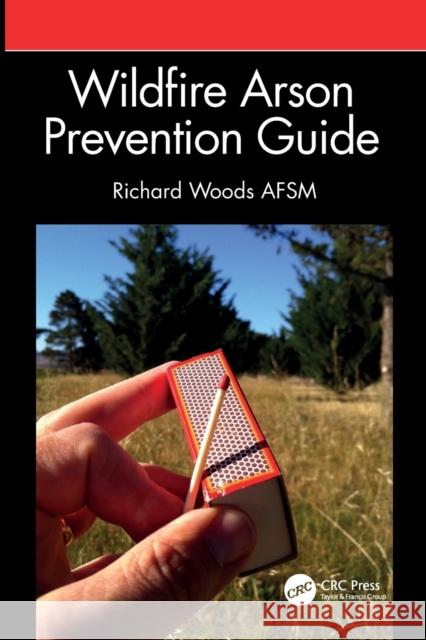Wildfire Arson Prevention Guide » książka
Wildfire Arson Prevention Guide
ISBN-13: 9781032405940 / Angielski / Miękka / 2023 / 128 str.
Wildfire Arson Prevention Guide
ISBN-13: 9781032405940 / Angielski / Miękka / 2023 / 128 str.
(netto: 214,08 VAT: 5%)
Najniższa cena z 30 dni: 221,59
ok. 22 dni roboczych
Dostawa w 2026 r.
Darmowa dostawa!
Provides police and fire investigators with frameworks, strategies, and tactics across agencies to address intentional fire starting in their local jurisdictions. The book presents outlines why offenders deliberately light fires offering tactics and strategies to identify and prosecute arsonists.
Wildfire arson is often considered an impossible crime to solve. Likewise, offenders frequently consider themselves undetectable. Many agencies often do not have the specialist skills necessary to investigate those responsible for serial wildfire ignitions. As such, perpetrators continue to light fires with little to no likelihood of being caught. An ongoing series of deliberately lit wildfires can result in significant financial and environmental consequences and put life and property at risk.
This Wildlife Arson Prevention Guide provides law enforcement, land management and fire agency investigators with frameworks, strategies and tactics—that can be adopted to address deliberate wildfire ignitions in their jurisdiction. Often this crime is automatically given to law enforcement agencies to solve in isolation, whereas a collaborative approach across key agencies has proven essential in apprehending offenders.
This valuable guidebook fills a void in the literature, detailing a collaborative approach through the adoption of successful best practice investigation techniques. Many may be applicable to—and better serve—smaller rural communities, while others can be adopted in more populated wildfire-prone areas. This book recognises that some small rural agencies may have less capacity to address the issue and may need to modify the recommended methods; ideally, the text encourages the establishment of collaborative arrangements to work with larger or adjoining agencies, to help solve their serial wildfire arson cases. This book highlights successfully adopted measures that can be embraced by key agencies that have a responsibility in wildfire ignition prevention.
Currently, no similar all-encompassing handbook exists to guide agencies to address this growing worldwide problem. The strategies and tactics are presented in a format that can be easily aligned to jurisdictions within countries that are at risk of wildfire. The commonly recognised motives behind wildfire arson are detailed to provide agency investigators with a background to this often-misunderstood offence.
The Wildlife Arson Prevention Guide provides the tools that will help authorities to identify those responsible and result in stronger, safer communities.











